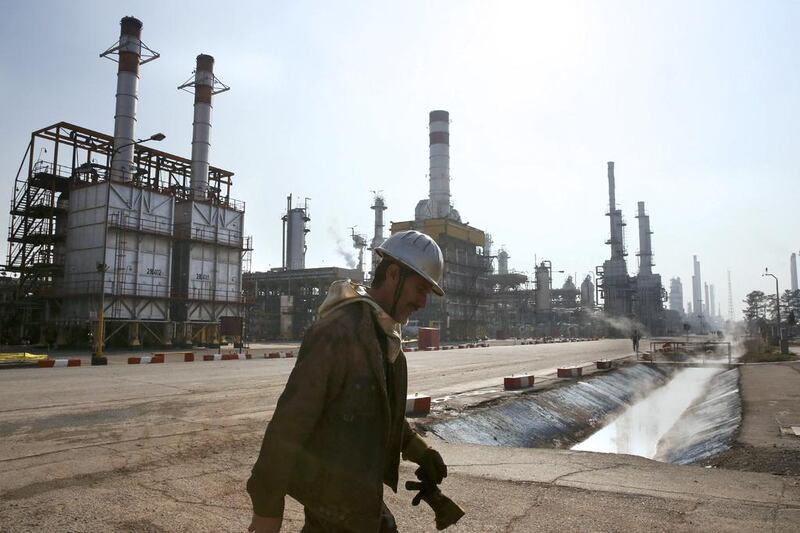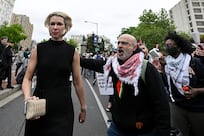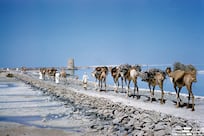Iran’s diplomatic rift with regional rival Saudi Arabia will stiffen the challenge it faces in attracting foreign investment once sanctions on its economy are lifted, according to analysts from IHS, Energy Aspects and Emirates NBD.
The breakdown in ties stoked tensions just as Iran is preparing for the removal of sanctions. An international agreement to limit Iran’s nuclear programme, when it takes effect, would free the country to seek more than $100 billion in investment it says it needs to rebuild its oil and natural gas industries.
Regional instability stemming from the diplomatic crisis will threaten these efforts, leading to prolonged power struggles that make it harder for companies to evaluate the risks of investing in Iran, Richard Mallinson of Energy Aspects said.
“That adds to the calculus of making a long-term capital investment decision in Iran,” Victor Shum, IHS’s head of oil market research, said. “It will slow down investment, possibly by months or even years, and slow the addition of new output.”
Iran plans to boost crude exports immediately after curbs are lifted and to attract foreign money and technology to revive energy production sapped by years of under-investment. The country was the second-largest producer in Opec until sanctions were intensified in 2012. It’s currently fifth-biggest in the group, data compiled by Bloomberg shows.
Saudi Arabia severed relations with Iran, and the kingdom’s Arab allies are taking similar steps. Qatar, which shares the world’s biggest gas field with Iran, has recalled its ambassador to Tehran, state-run Qatar News Agency reported on Wednesday. The UAE and Kuwait also recalled their envoys, according to those countries’ state news agencies.
All five nations are members of Opec, and each exports oil through the Strait of Hormuz at the mouth of the Arabian Gulf, the world’s biggest concentration of tankers. Saudi Arabia, Opec’s biggest producer, has resisted Iran’s requests for some in the group to reduce output to make room for the expected increase in Iranian shipments. Sanctions curbed Iran’s sales of crude and condensate to 1.4 million barrels a day in 2014 from 2.6 million in 2011, the US Energy Information Administration said in June.
Brent crude rose as much as 2.9 per cent, trimming a second weekly decline. Even as tensions between Saudi Arabia and Iran have reached an “even more threatening level”, any oil price premium linked to the unrest was limited since there’s little chance of war or a blockade of Hormuz, Societe Generale analyst Michael Wittner said in a January 7 note.
Iran’s dispute with Saudi Arabia will have only a short-term impact on oil markets and won’t deter it from raising exports, the Iranian oil ministry’s news service Shana reported Wednesday, citing comments by Mehdi Asali, the country’s Opec representative. State-run National Iranian Oil Company is in talks with former customers about resuming or increasing crude purchases once sanctions are lifted, Seyed Mohsen Ghamsari, head of international affairs, said on Thursday.
“If you’re sitting 5,000 miles away, perception becomes reality when you’re looking to make a long-term investment,” Anita Yadav, head of fixed-income research at UAE-based lender Emirates NBD, said by phone from Dubai. “The perception is that there’s heightened risk here.”
business@thenational.ae
Follow The National's Business section on Twitter





